When I think of triathlete training, my mind always jumps to the level of commitment and how LOOOONG training is. Century Rides (100 miles) would amaze an average person, but is now part of TAI Chiropractic’s vernacular. Because of the training length, triathlete knee injuries are common conditions we see.
Most patients are familiar with MCL/ACL tears. These types of ligament injuries are prevalent in contact sports, such as soccer when getting hit from the side. However, with triathlete knee injuries we mostly see those causing inflammation surrounding the knee cap from overuse (such as Patella Tendonitis, and Iliotibial band syndrome).
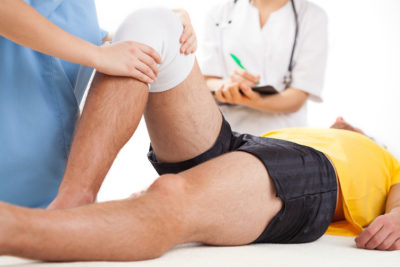
What happens when you overuse a body part?
Every time we exercise, we cause minor tears in our tissue creating delayed onset muscle soreness (DOMS). In order to recover properly we need rest, sleep, and proper nutritional intake. When an athlete ignores these steps, the muscles healing capacity cannot keep up with the training intensity. To prevent your muscles from completely tearing, your body’s response is to build muscle adhesions. This lowers overall function of the muscle, and with repetition can lead to a high probability of injuries.
“To prevent your muscles from completely tearing,
your body’s response is to build muscle adhesions.”
How does lowered muscular function lead to triathlete knee injuries?
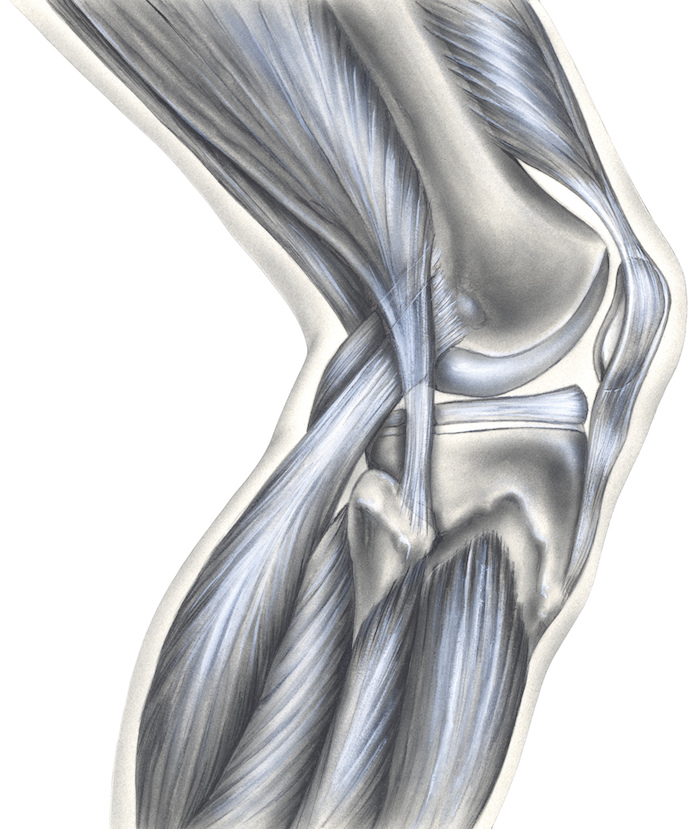
As one can assume, the muscles take on most of the body’s stress. However, when the muscle is injured, the stress gets placed on the muscle junction points (example: the connecting section of bone & tendon OR tendon & muscle). The pain felt in triathlete knee injuries, are usually the stress caused by the tendon being pulled from side to side.
Some practitioners, plan treatment based on the location of pain. I have also seen patients following rehabilitation plans to strengthen surrounding muscles to lower the stress on these junction points. But as mentioned above, the pain is a mask for the true cause. Pain is the result of dysfunction in the muscle. Without treating the origin of injury (the muscle adhesions) it is likely this condition will resurface since the function is not properly restored.
“Pain is the result of dysfunction in the muscle”
What are things to avoid?
Stretching, stretching, stretching. Just don’t do it.
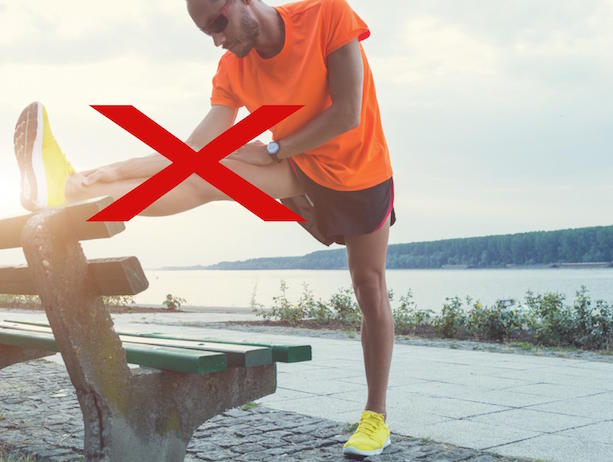
After training, if you feel that the DOMS is lasting a little bit too long, it is most likely your muscles are injured. Stretching may feel good at the time, but this can potentially make your condition worse by peeling the tissue from the bone. Ouch! Unfortunately, if it has gotten to this point, it’s time for treatment.
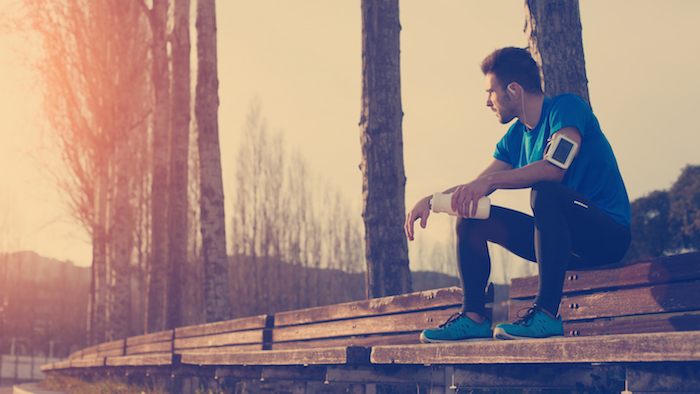
All my triathlete patients with knee injuries hate when I say this, but after a long training session the best thing you can do is REST YOUR BODY. Spending time for proper recovery, and treatment helps prevent bigger problems from popping up later.
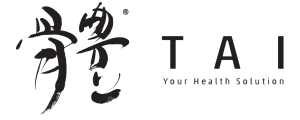

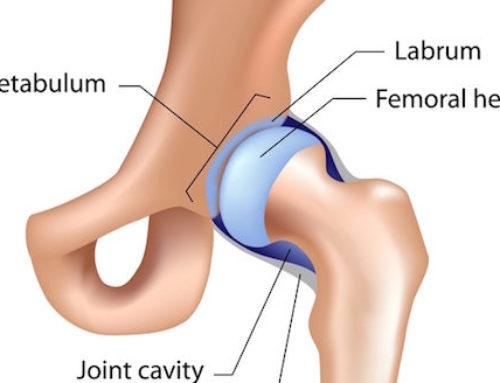
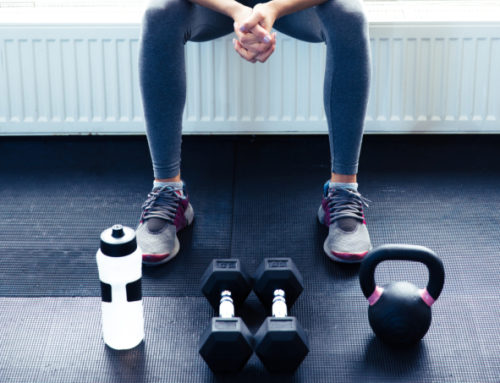
Leave A Comment